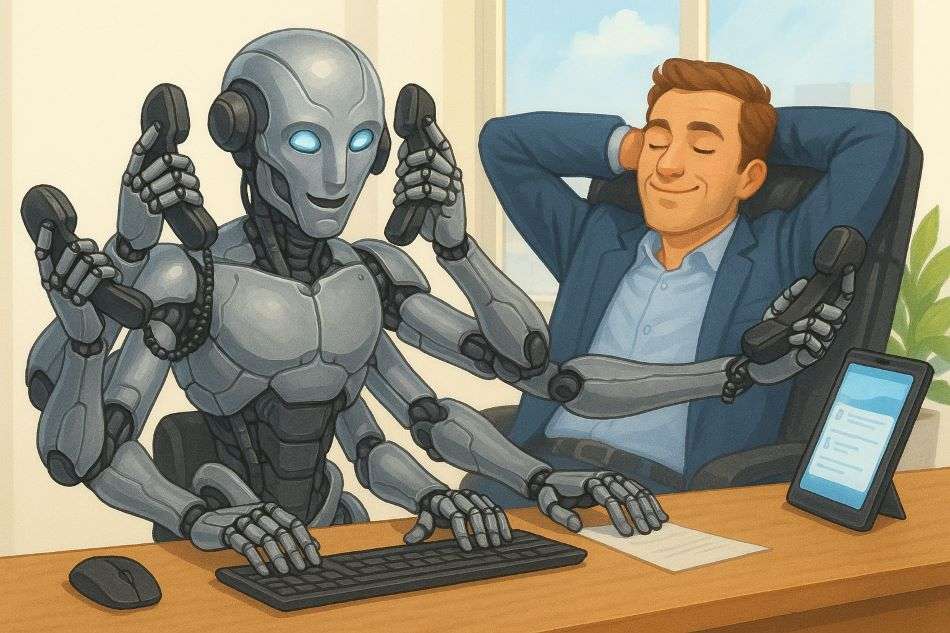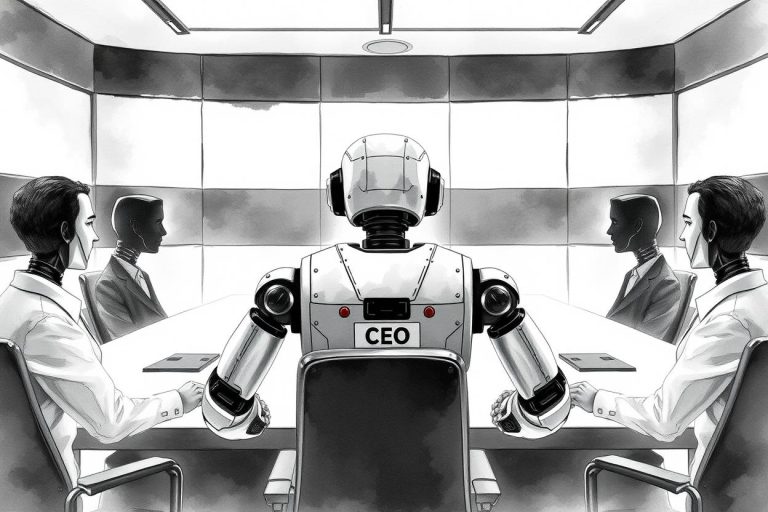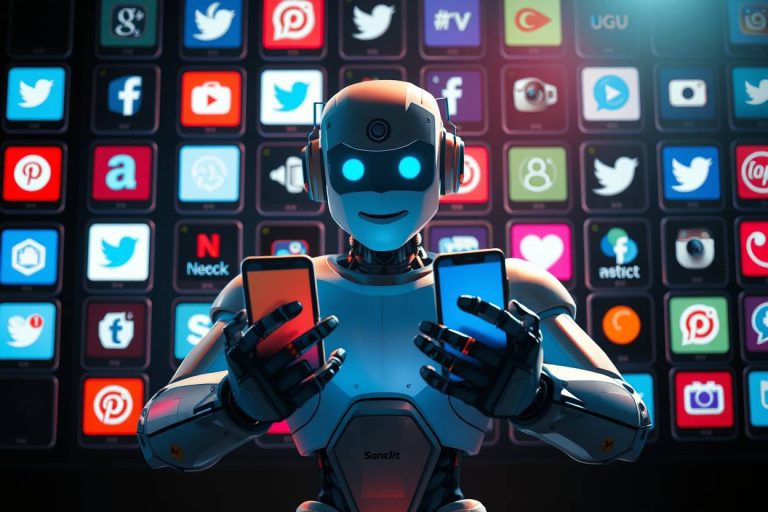Personal AI Agents: Digital Assistants of the Future

Personal AI Agents are autonomous software systems designed to understand a user’s life, preferences, and goals, and to take action on their behalf across different applications. These individual digital assistants represent a fundamental shift from passive, command-based tools to proactive, goal-oriented partners.
Unlike today’s mainstream voice assistants, a true personal AI agent possesses both deep, contextual memory and the ability to execute complex, multi-step tasks. This guide provides a practical analysis of the current 2025 landscape, the core technologies that power these systems, and the key players building the future of autonomous personal AI.
The Broken Promise: Why Siri and Alexa Are Not “True” Personal Agents
For years, the promise of a helpful AI assistant has been a central theme in technology. However, the reality of today’s mainstream assistants has fallen far short of this vision.
The Core Failure: Stateless, Passive, and Lacking Context
The primary reason Siri, Alexa, and Google Assistant often feel unintelligent is their underlying architecture.
- They have no persistent memory. They are “stateless,” meaning each interaction is treated as a brand-new event. They cannot remember your previous conversation, let alone your long-term goals or personal preferences.
- They are passive tools, not proactive agents. They are command-and-response systems that wait for a specific instruction (e.g., “Set a timer for 10 minutes”). They cannot independently work towards a high-level goal.
Why the First Wave of AI Gadgets Failed
The year 2024 will be remembered in the AI industry not for a breakthrough, but for a crucial lesson delivered by the market: consumers do not want a separate, standalone gadget for AI. The initial excitement around dedicated AI hardware quickly dissipated as devices like the Humane Ai Pin and the Rabbit R1 met with overwhelmingly negative reviews and lackluster sales, teaching the entire industry a series of painful but necessary lessons.
The Cautionary Tale: A Flawed Value Proposition
The core failure of these first-generation devices was a fundamental misunderstanding of user needs. They were built on the premise that users wanted to replace their smartphones, but they offered a user experience that was objectively worse in almost every measurable way.
- High Friction, Low Reward: Users were asked to pay a premium price (often with a recurring subscription) for a device that was slower, less reliable, and far less capable than the smartphone already in their pocket.
- The “Solution in Search of a Problem”: These devices failed to answer the most basic question: “What can this do that my phone can’t?” The answer, in practice, was nothing. In fact, they could do far less, struggling with basic tasks like setting timers or providing accurate navigation.
- The Battery and Connectivity Problem: The immense computational requirements of running AI models meant these small devices suffered from poor battery life and often required a constant connection to a phone, defeating their purpose as a standalone product.
The Deeper Lesson: An AI Is Not a Feature, It’s an Intelligence Layer
The most important takeaway from the hardware hangover is a strategic one. These companies tried to sell “AI” as a new hardware category, much like the smartphone or the tablet. The market has now clearly demonstrated that this is the wrong approach.
A truly effective personal AI agent is not a physical object. It is a software-based intelligence layer that must be deeply integrated with the user’s existing digital life—their emails, their calendars, their messages, and their applications. A separate, disconnected pin or puck has no access to this vital context, and without context, an AI cannot be personally helpful. It is, by definition, an outsider looking in.
The Next Step: Jony Ive, OpenAI, and the Future of AI Hardware
Recent reports that legendary Apple designer Jony Ive and OpenAI’s Sam Altman are joining forces to build a new AI-powered personal device.
Their ambition is likely not to create another standalone gadget to replace the phone, but to design a device with AI at its core from the ground up. The critical difference is that this device will be architected around the deep, software-first integrations that OpenAI is already building. It will not be a separate “AI gadget,” but rather the first truly “AI-native” piece of hardware.
What are the Pillars of a Modern Personal AI Agent?
A “true” personal AI agent is defined by two foundational pillars that separate it from older assistants.
Pillar 1: A Deep, Persistent Memory Layer
The agent must be able to remember everything—your conversations, your documents, your schedule, your personal preferences—to build a deep understanding of your life.
- How it works: This is achieved through a technique called Retrieval-Augmented Generation (RAG). All of your personal data is converted into a machine-readable format and stored in a specialized vector database. When you interact with the agent, it first searches this database for the most relevant “memories” before feeding them to its reasoning engine, allowing it to provide highly contextual and personalized responses.
Pillar 2: The Ability to Take Autonomous Action
A personal AI agent must be able to do things on your behalf.
- How it works: This is enabled by tool use. The agent is given access to a library of “tools,” which are essentially APIs for your other applications (email, calendar, project management software, etc.). The agent’s reasoning engine can then formulate a plan and execute it by calling upon these tools.
From Answering Questions to Accomplishing Goals
- Old Model: “Hey Siri, what’s my flight number?” (You have to remember to ask).
- New Model: Your agent sees the flight confirmation email in your inbox. Later, it sees a new email from the airline with the subject “Your Flight Has Been Canceled.” It then checks your calendar, sees the associated hotel booking, and proactively asks you: “I see your flight to Denver was canceled. Your hotel check-in is at 3 PM. Shall I search for a new flight arriving before noon and notify the hotel of a possible late check-in?”
The 2025 Landscape: Who Is Actually Building the Future?
The personal AI assistant space in 2025 is defined by three distinct and promising approaches, all of which are software-first.
Category 1: The Browser as the Agent’s Operating System
This approach is based on the thesis that the web browser is the natural environment for a personal agent, as it has native access to a user’s web activity—a primary source of real-world context.
- Key Player: The Browser Company, makers of the Arc Browser.
- Practical Application: Their “Arc Explore” feature allows a user to give a high-level research query. The browser then spawns multiple “browser agents” that autonomously visit different websites, read the content, and synthesize the findings into a single, clean summary page. This is a working example of a multi-agent system for personal productivity.
Category 2: The “Meeting Agent”
The initial “life capture” model of recording everything has proven to be too broad. The most successful companies in this space have pivoted to focus on the single highest-value use case for memory and context: meetings.
- Key Players: Rewind.ai and Limitless AI.
- Practical Application: These services provide an agent that can join your virtual meetings (like Zoom or Google Meet). It provides a real-time transcript and then uses this data to perform agentic tasks. After the call, it can autonomously draft a summary email, identify all action items and assignees, and create corresponding tasks in your project management tool (like Asana or Jira).
Category 3: The Open-Source “Private Jarvis” Movement
Driven by concerns over data privacy, a powerful open-source movement has emerged, focused on creating personal AI agents that run entirely on a user’s local hardware.
- The Technology Stack: Developers are using open-source Large Language Models (like Meta’s Llama 3) running on powerful local machines, combined with local vector databases (like ChromaDB) and orchestration frameworks (like LangChain).
- The Core Appeal: This is the only approach that offers complete data privacy and control. No personal information ever leaves the user’s own computer, which directly addresses the biggest concern for many potential users of intelligent life assistants.
The “Action” Layer: How Agents Get Things Done
A key component of any personal AI agent is its ability to execute tasks. There are two primary methods for this.
- The API-First Approach: This is the most reliable and secure method. The agent connects to your other applications (Google Calendar, Slack, etc.) through their official, developer-provided APIs.
- The UI-Automation Approach: Pioneered by companies like Adept AI, this involves an agent that learns to “see” a software interface and operate it by mimicking human clicks and keystrokes. While less reliable than APIs, this method allows an agent to control older applications that do not have a modern API.
What Are the Major Hurdles to Widespread Adoption?
Despite the rapid progress, three major challenges remain before a “true” personal AI agent becomes a mainstream reality.
- The Privacy vs. Capability Trade-Off: This is the core dilemma. The more personal data an agent has access to, the more helpful and proactive it can be, but the greater the privacy and security risk.
- The Real-Time Data Synchronization Problem: For an agent’s memory to be useful, it must be kept perfectly up-to-date with every new email, message, and calendar event. Building a system that can instantly and reliably ingest this constant stream of data is a major technical hurdle.
- The Cost and Latency of Reasoning: Every “thought” an agent has requires a powerful and expensive LLM to run. Making these personal AI agents affordable and responsive enough for continuous, real-time assistance remains a key obstacle to widespread adoption.
What Does the Future of Personal AI Look Like?
The end goal is to create a truly proactive and autonomous assistant that manages the “digital administration” of your life.
The “Proactive” Assistant Is the End Goal
The future agent won’t wait for your command. It will see an email from your boss about a new project, cross-reference it with your current workload in your task manager, check your calendar for available “deep work” time, and proactively suggest a detailed project plan with a realistic timeline.
The Convergence of Software and Interface
The future is not a separate piece of hardware. It is a powerful autonomous personal AI that lives as a software layer on your phone and laptop. You will interact with this agent through the most natural interface available, whether that’s voice, text, or, eventually, the augmented reality glasses that will one day replace our phones. This convergence will finally deliver on the long-held promise of a truly helpful digital assistant.




